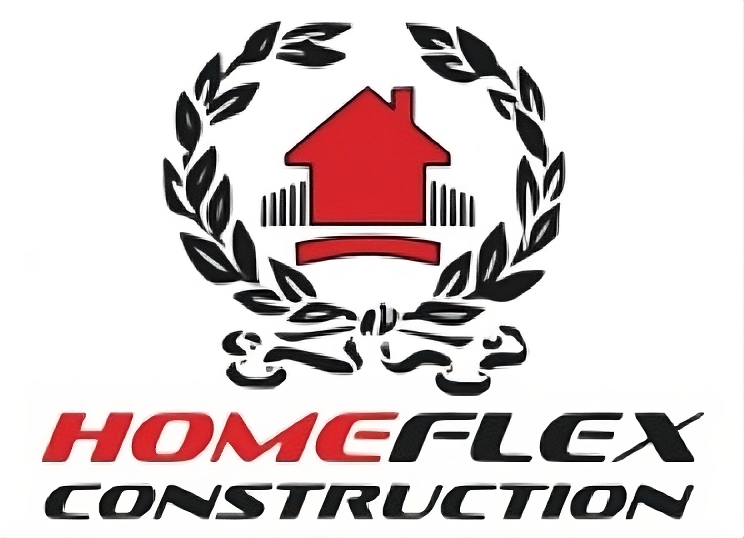Look, a concrete driveway is built to last forever; it’s tough. But even the toughest stuff starts looking rough eventually. Cracks, weird stains, uneven spots… it happens. Years of heavy cars, brutal winter weather, and just general life will do that.
The big question is: Do you grab the caulk gun, or do you call the pros?
For tiny issues, you can absolutely fix them yourself and save your money. But some problems? You mess those up, and you’ll end up paying way more later. Knowing when to stop trying and call an expert is the real money saver.
Here’s a quick guide on how to assess the damage and pick your battle.
What’s Wrong With Your Concrete? (The Quick Scan)
Concrete is strong, but it’s not a superhero. Look out for these common issues; catching them early is key to avoiding a total replacement down the road:
- Little Cracks: Just thin lines on the surface. That’s usually normal concrete stress.
- BIG Cracks: Wide or deep cracks. This means something underneath (like roots or shifting dirt) is seriously messing things up.
- The Flakes: Pitting, chipping, or spalling. The surface is peeling because of road salt and freezing weather.
- Stains: Oil, rust, or weird color spots. Just gross surface stuff.
- Sinking: Slabs are uneven, sloppy, or starting to slope towards your house. Bad news for your foundation.
Your Wallet Wins: When to Go DIY
You don’t need a contractor for every little thing. Grab your tools and handle these minor, affordable fixes yourself:
- Tiny Crack Attack: Got those hairline cracks? If they’re under a quarter-inch wide, just grab some cheap crack filler or patching compound. Clean the area well, apply the stuff, and smooth it out. It’s mostly cosmetic, but it prevents water from getting in and exacerbating the problem.
- Surface Resurfacer: Minor flaking, light pitting, or ugly discoloration? Slap on a thin layer of concrete resurfacer. It gives you a fresh, smooth new look, like a facelift for your driveway.
- Clean and Seal: Sometimes it’s just dirt! Power wash all the moss and grime off. Then, seal the whole thing up every 2–3 years. This simple job is crucial for preventing future cracks and maintaining your concrete’s appearance.
Hard Stop: When to Phone the Pros
When the damage goes deep or is affecting the structure, stop messing around. Trying to fix big problems without the right gear or experience is a recipe for disaster (and a huge bill).
- Wider or Deep Cracks: Cracks over a quarter-inch wide signal foundation or soil movement. Don’t patch them; they’ll just come back. A pro can figure out the cause and use serious methods like epoxy injections or maybe even slab replacement.
- Sinking Slabs (The Tripping Hazard): If your concrete is uneven or is pooling water, the dirt underneath is washing away. Call a contractor for mudjacking (or foam injection). They can lift and level the slabs safely without tearing up the whole driveway. It’s magic!
- Massive Surface Failure: If the concrete is crumbling or flaking everywhere, the whole slab is weak. You need professional resurfacing or a total replacement. They’ll also check if your drainage needs fixing so it doesn’t happen again.
- Water Flow Concerns: Water pooling on your driveway or, worse, running right toward your house? That’s a foundation threat! A professional needs to regrade the area or install a proper drainage system. It’s not just a fix; it’s protecting your home.
Conclusion
DIY is awesome for cosmetic repairs. They’re cheap and quick. But professional work is the only way to go for anything structural. Paying a little more upfront for an expert means you won’t have to keep patching the same problem over and over, saving you a fortune (and a headache) down the line.
Just do regular checkups, clean, seal, and inspect. That prevents most problems from starting. And if you’re ever in doubt? Call the pro. Peace of mind is worth the money.
